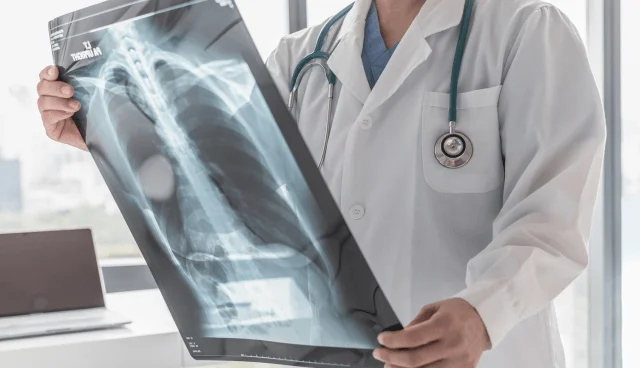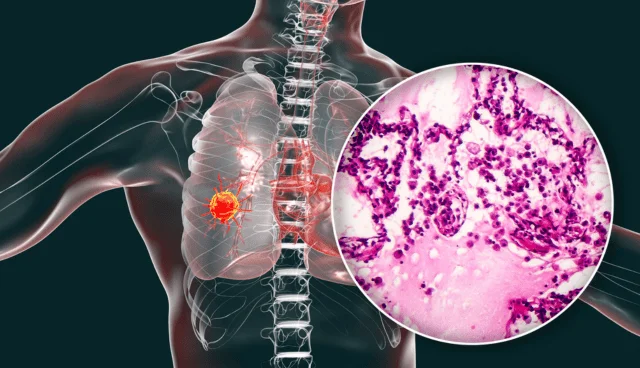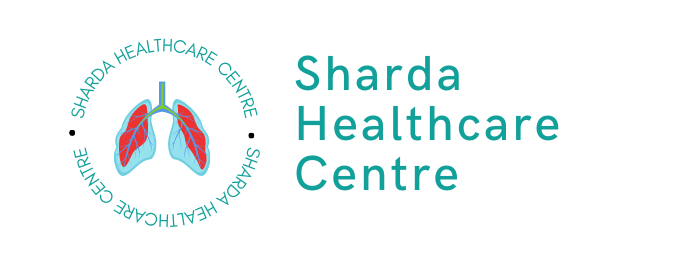
Lung Cancer: Symptoms, Types, and Treatment
Lung cancer, These two words hold within them a world of fear, uncertainty, and concern. Lung cancer is, without a doubt, one of the most pressing health issues in our society today. Its prevalence, coupled with its often silent progression, makes it a formidable adversary. In this comprehensive 2000-word guide, we will delve deep into lung cancer, exploring lung cancer symptoms, smokers’ lungs, lung x-ray results, lung carcinoma symptoms, and more. By the end of this article, you’ll have a better understanding of the types of lung cancer, lung cancer stages, lung cancer symptoms early on, and the available lung cancer treatments.
I. Understanding Lung Cancer
Lung cancer is the second most common cancer worldwide, with millions of new cases diagnosed each year. This devastating disease is often associated with a history of smoking, making it crucial to discuss the link between smoking and lung cancer. But first, let’s explore the basics of lung cancer, lung cancer, lung cancer.
A. Types of Lung Cancer
There are two primary types of lung cancer: small cell lung cancer and non-small cell lung cancer. Small cell lung cancer tends to grow and spread quickly, while non-small cell lung cancer is more common and generally grows at a slower pace. Understanding the specific type of lung cancer is essential for determining the most appropriate treatment, lung cancer treatment.
B. Causes of Lung Cancer
The primary cause of lung cancer is smoking, smoking cancer. Smokers’ lungs endure significant damage over time due to the harmful chemicals present in cigarettes. However, it’s important to note that lung cancer can also affect non-smokers, albeit less frequently. Other risk factors include exposure to secondhand smoke, radon gas, asbestos, and certain occupational hazards, lung cancer.
II. Identifying Lung Cancer Symptoms
Lung cancer symptoms can be subtle in the early stages, lung cancer symptoms early, lung cancer symptoms early. This makes early detection challenging but essential for better prognosis and survival rates, lung cancer survival rate, lung cancer survival rate.
A. Common Lung Cancer Symptoms
- Persistent Cough: A chronic cough that doesn’t go away, or worsens over time, is one of the early signs of lung cancer.
- Chest Pain: Lung cancer can cause chest discomfort, especially during deep breathing or coughing.
- Shortness of Breath: Difficulty in breathing, even with minimal physical activity, can indicate lung problems.
- Unexplained Weight Loss: A sudden and unexplained drop in weight can be a warning sign of lung cancer.
- Coughing up Blood: Hemoptysis, or coughing up blood, should never be ignored.
- Hoarseness: Changes in voice or persistent hoarseness can result from lung cancer.
- Fatigue: Feeling constantly tired or weak may be indicative of an underlying health issue, lung cancer symptoms, lung cancer symptoms.
B. Diagnosis and Screening
If you experience any of these symptoms, it’s essential to consult a healthcare professional promptly. Lung cancer diagnosis typically involves a combination of imaging tests such as lung x-rays, lung x-ray normal, lung x-ray normal, CT scans, and biopsies. Early detection through screening can significantly improve treatment outcomes.
III. Understanding Lung Cancer Stages
Once lung cancer is diagnosed, it’s crucial to determine the stage of the disease. The stage helps guide treatment decisions and prognosis, lung cancer stages.
A. Staging Lung Cancer
Lung cancer is staged based on the extent of its spread, ranging from stage 0 (in situ, confined to the lung) to stage IV (spread to distant organs). Knowing the stage helps doctors plan the most appropriate treatment strategy.
B. Treatment Options
- Surgery: Surgical removal of the tumor may be an option for early-stage lung cancer, lung surgery, lung surgery.
- Radiation Therapy: High-energy beams are used to target and destroy cancer cells, particularly useful for localized tumors.
- Chemotherapy: Drugs are used to kill cancer cells or slow their growth, often in combination with surgery or radiation.
- Targeted Therapy: Targeted drugs focus on specific molecules involved in cancer growth, reducing damage to healthy cells.
- Immunotherapy: This therapy improves the body’s responses against cancer cells.
C. Small Cell Carcinoma
Small cell lung cancer is an aggressive form that often requires a combination of chemotherapy and radiation therapy. Due to its rapid growth, early detection is crucial for successful treatment, small cell carcinoma, small cell carcinoma.
IV. Lung Cancer Prevention and Lung Health
Preventing lung cancer, lung cancer prevention, largely involves avoiding known risk factors such as smoking and exposure to carcinogens. Here are some tips for maintaining your lungs in excellent shape:
- Don’t Smoke: The most effective way to prevent lung cancer is never to start smoking or to quit if you do smoke.
- Avoid Secondhand Smoke: Limit exposure to secondhand smoke, which can be equally harmful.
- Protect Against Radon: Test your home for radon gas and take steps to reduce exposure if levels are high.
- Wear Protective Gear: If your job involves exposure to hazardous substances, use appropriate protective equipment.
- Maintain a Healthy Lifestyle: A balanced diet and regular exercise can support lung health.
- Stay Informed: Regular check-ups and lung cancer screenings are essential, especially if you have risk factors.

Conclusion:
In the battle against lung cancer, knowledge is power. By understanding lung cancer, its symptoms, stages, and treatment options, you can take proactive steps to protect yourself and your loved ones. Remember, lung cancer is not a death sentence, and lung cancer can be treated, especially when detected early. So, prioritize your lung health, and never underestimate the importance of regular check-ups and healthy lifestyle choices, lung cancer.
